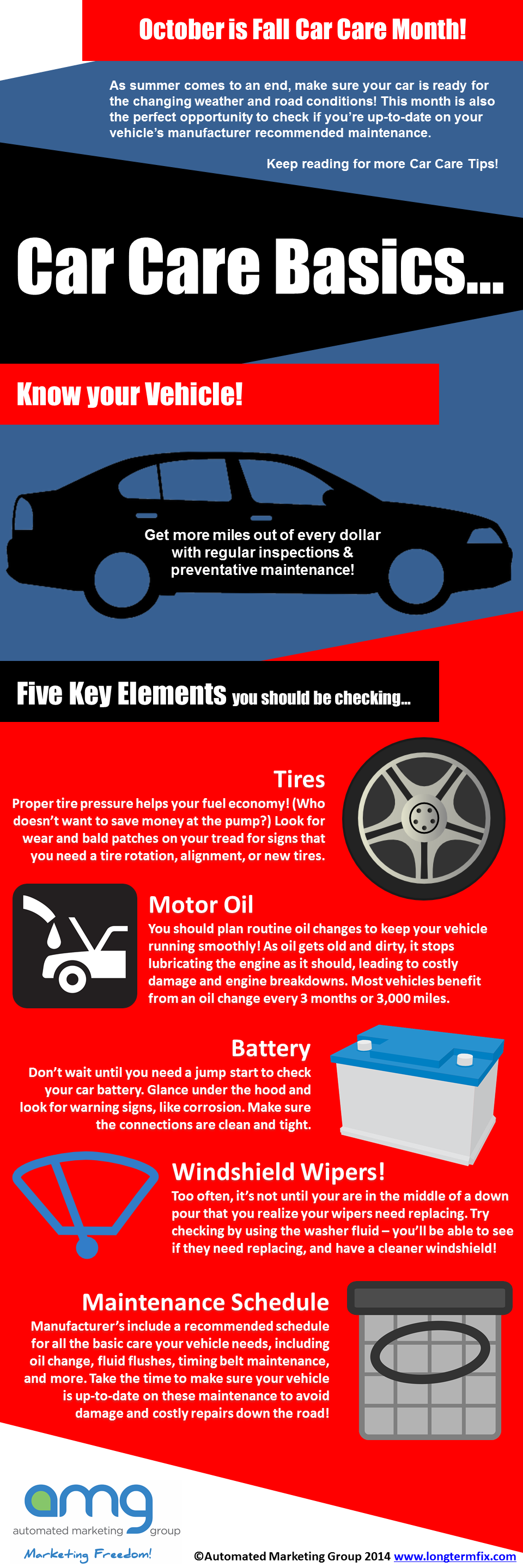A Beginner'S Manual For Interpreting Your Auto'S Alert Lights
A Beginner'S Manual For Interpreting Your Auto'S Alert Lights
Blog Article
https://car-ecu-tuning73951.howeweb.com/31799526/the-future-of-auto-repair-service-patterns-to-keep-an-eye-out-for-in-the-coming-years Composed By-Fenger Emery
When you lag the wheel, those little caution lights on your vehicle's dashboard can be fairly difficult. What do they mean, and should you be worried? Comprehending https://oil-change-cost27395.blogofchange.com/31746791/prepare-to-reveal-the-concealed-gems-of-automobile-service-center-and-get-understanding-right-into-the-crucial-services-they-offer is essential for your car's well-being, yet it does not need to be a daunting job. By translating the enigma behind each light, you'll be equipped to manage possible issues effectively and keep your car running smoothly. So, following time a warning light flashes, don't panic - arm yourself with understanding and take control of the situation.
Value of Cars And Truck Caution Lights
Recognizing the relevance of your car's warning lights is vital for maintaining your automobile's health and safety. These lights work as your vehicle's interaction system, informing you to potential problems that might endanger your safety on the road or cause costly fixings if disregarded. By taking pro tec of these cautions, you can resolve issues early and protect against more damages to your vehicle.
Neglecting advising lights can cause major consequences, such as engine failure, brake malfunctions, and even crashes. These lights are designed to inform you of concerns ranging from reduced tire stress to engine malfunctions, giving you the opportunity to do something about it before the scenario worsens. Frequently inspecting and comprehending these warnings can conserve you time, money, and ensure your safety while driving.
In addition to maintaining you risk-free, responding promptly to alerting lights can likewise assist prolong the life-span of your automobile. By attending to problems beforehand, you can protect against little problems from rising into major fixings, inevitably saving you time and money in the future. Keep in mind, your automobile's warning lights are there for a factor - don't overlook them!
Common Warning Lighting and Meanings
When it concerns driving your auto, understanding common caution lights and their meanings is essential for your safety and vehicle maintenance. Here are a couple of usual caution lights you may encounter:
1. ** Check Engine Light **: This light suggests an issue with your engine. It could be something minor like a loosened gas cap or something more significant like engine misfiring.
2. ** Battery Light **: This light signals a trouble with your cars and truck's charging system. https://ecutuningsoftwarefree17283.snack-blog.com/31133314/educate-on-your-own-on-the-crucial-factors-to-evaluate-when-deciding-whether-to-undertake-auto-repair-work-independently-or-seek-the-experience-of-a-professional-through-this-interesting-overview might show a faulty battery, generator, or other related elements.
3. ** Oil Pressure Light **: When this light comes on, it indicates your engine may be running low on oil or experiencing reduced oil stress, which can result in engine damage if not resolved promptly.
4. ** Brake System Light **: This light shows a problem with your braking system. It could mean reduced brake liquid levels or a problem with the brake system that requires instant interest.
Comprehending these common caution lights will help you recognize possible issues at an early stage and avoid more substantial problems later on.
Exactly how to Respond to Caution Lights
In the event that a caution light illuminates on your auto's control panel, it's essential to react quickly and appropriately. When a caution light comes on, the primary step is to consult your proprietor's manual to recognize the certain problem shown by the light.
Some lights need prompt interest, while others might show a less urgent issue. If the warning light is red or blinking, it's commonly an indicator of a major problem that needs prompt activity. In such situations, it's suggested to pull over securely, shut off the engine, and seek expert help.
For yellow or orange caution lights, while they might not require prompt focus, it's still important to address the hidden concern without delay to stop further damage. Routine upkeep and evaluation can help prevent advising lights from coming on all of a sudden.
Conclusion
In conclusion, recognizing your vehicle's caution lights is important for maintaining your automobile's health and wellness. By regularly checking and replying to these cautions, you can resolve prospective problems early and prevent expensive repair services or safety threats. Keep in mind to consult your owner's manual for details on different caution lights and always take prompt action for red or flashing lights. Remain positive and maintain your vehicle running efficiently!
